From our design ethos to the way we engage with communities, ‘social value’ is a core part of the architecture we create that enhances lives. shedkm’s Social Value Atelier was established a year ago to formalise and expand this commitment, ensuring that not only every project we undertake makes a meaningful contribution to people and places, but that the day to day activity within our studios also positively impacts us.
Here, Joanne Edmunds delves deeper into the principles and practices that define our approach, highlighting the challenges, opportunities, and aspirations of embedding social value within architecture practices.
Photo at top – Grove Street, Liverpool, Regenda Partnership Adacemy hosted by PLACED © Kenny Clayton

Q1: What does “social value” mean to you, and how does it influence your approach to design and development?
For me, social value is about designing spaces that go beyond utility or aesthetics – it’s about creating human connection, inclusivity, and well-being. Social value recognises the power of architecture to address pressing societal challenges, from inequality and accessibility to climate resilience. By considering social value from the outset, we aim to create projects that are not only functional and visually compelling but also transformative for communities.
Q2: What is the mission of the Social Value Atelier at shedkm, and how does it align with the company’s overall ethos?
shedkm’s Social Value Atelier is dedicated to designing spaces and environments that place social impact at the forefront. Our mission is to ensure our projects actively contribute to the well-being, prosperity, and inclusivity of the communities they serve. This means designing with empathy and understanding the unique needs and aspirations of the people who both already exist in a neighbourhood and the new community that will live, work, and gather in these spaces.
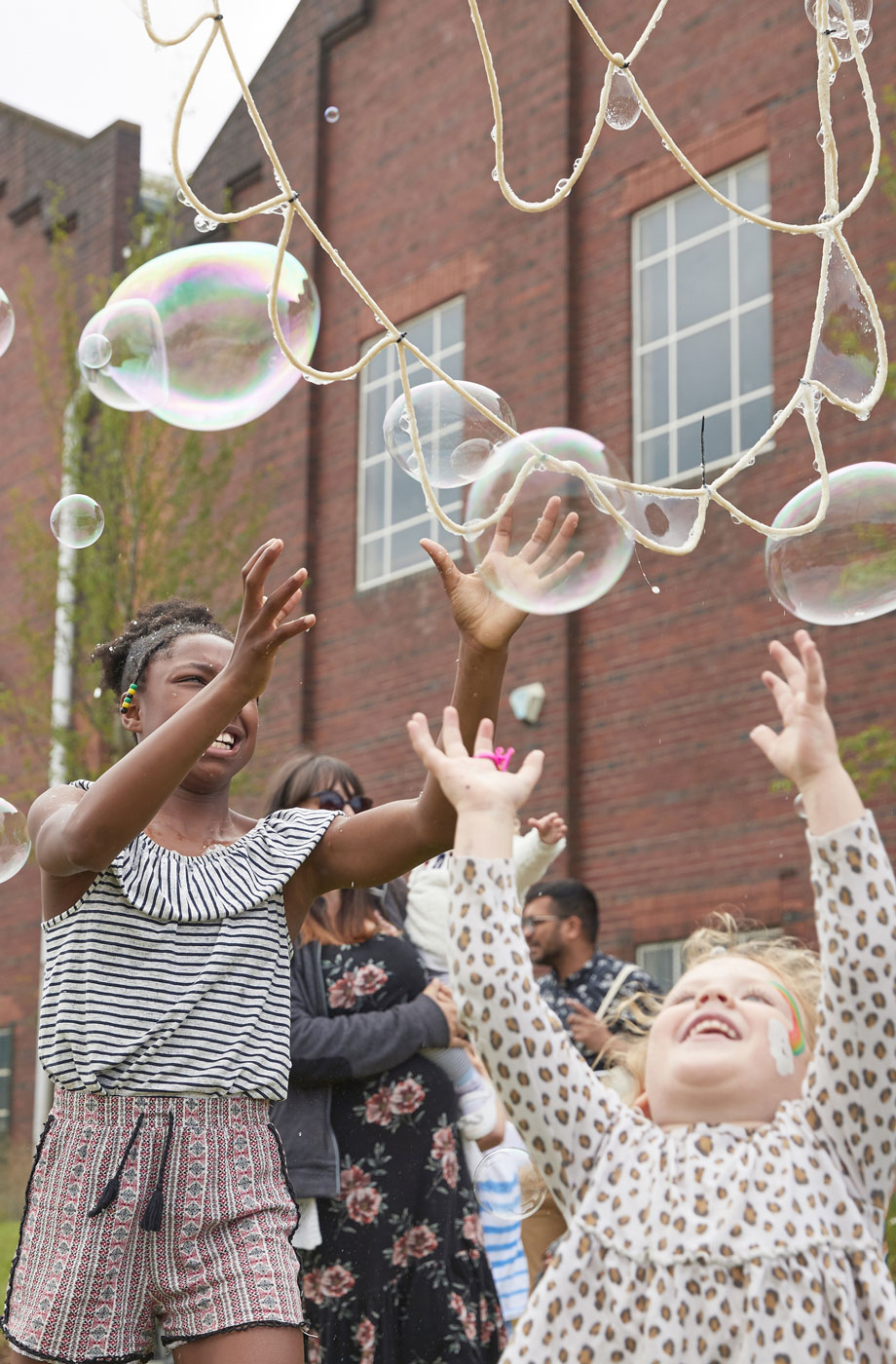
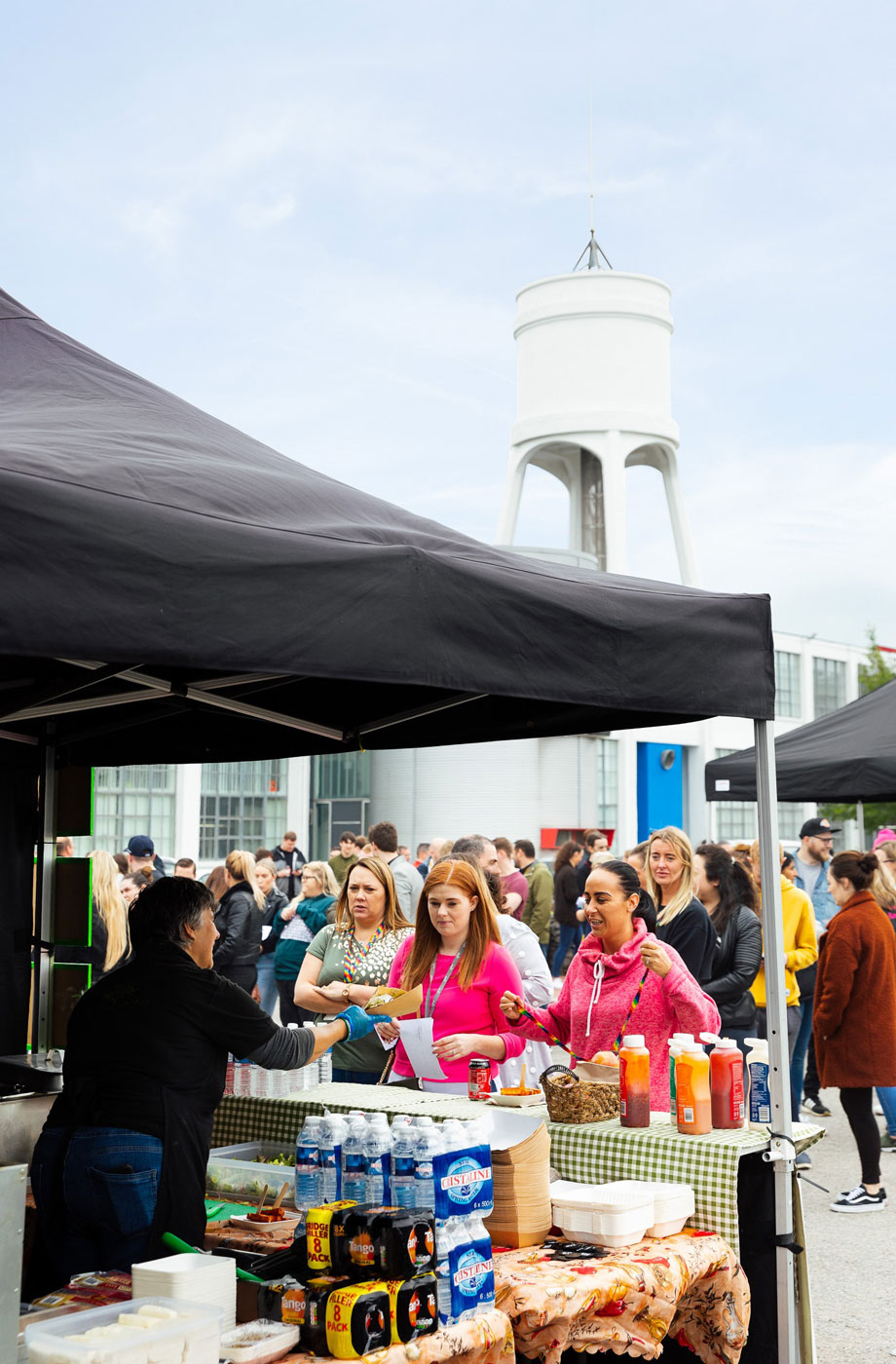
Port Loop, Birmingham and Matchworks, Liverpool
ultimately, our aim is to inspire the industry to embrace a holistic approach to architecture, redefining how buildings and spaces serve society for generations to come.
Q3: Can you share some examples of how the atelier’s work has positively impacted communities or specific projects?
One example is Grove Street, a social housing project in Liverpool. Through partnerships with PLACED, we’ve engaged local schools in the design process, offering workshops, site visits during construction, and promoting careers in construction to inspire the next generation. This not only demystifies architecture but also empowers young people to see how they can shape their environment.
In Manchester, we’ve embedded community engagement into projects like Stockport8 and Mayfield, collaborating with residents and local groups during the early design stages. This ensures that the spaces truly reflect the needs and aspirations of the people who will use them, creating a sense of ownership and pride in their community.
Q4: How does shedkm ensure that social value is embedded into its projects from conception through to delivery?
We start by defining what social value means for the specific context, whether it’s enhancing access to public spaces, creating local employment opportunities, or integrating sustainable practices to reduce environmental impact.
We prioritise collaboration, engaging not only with the design and project teams but also with local communities, authorities, and stakeholders. By maintaining open communication throughout the project lifecycle, we ensure that design is continuously aligned with the needs of the people who will ultimately benefit from the space.
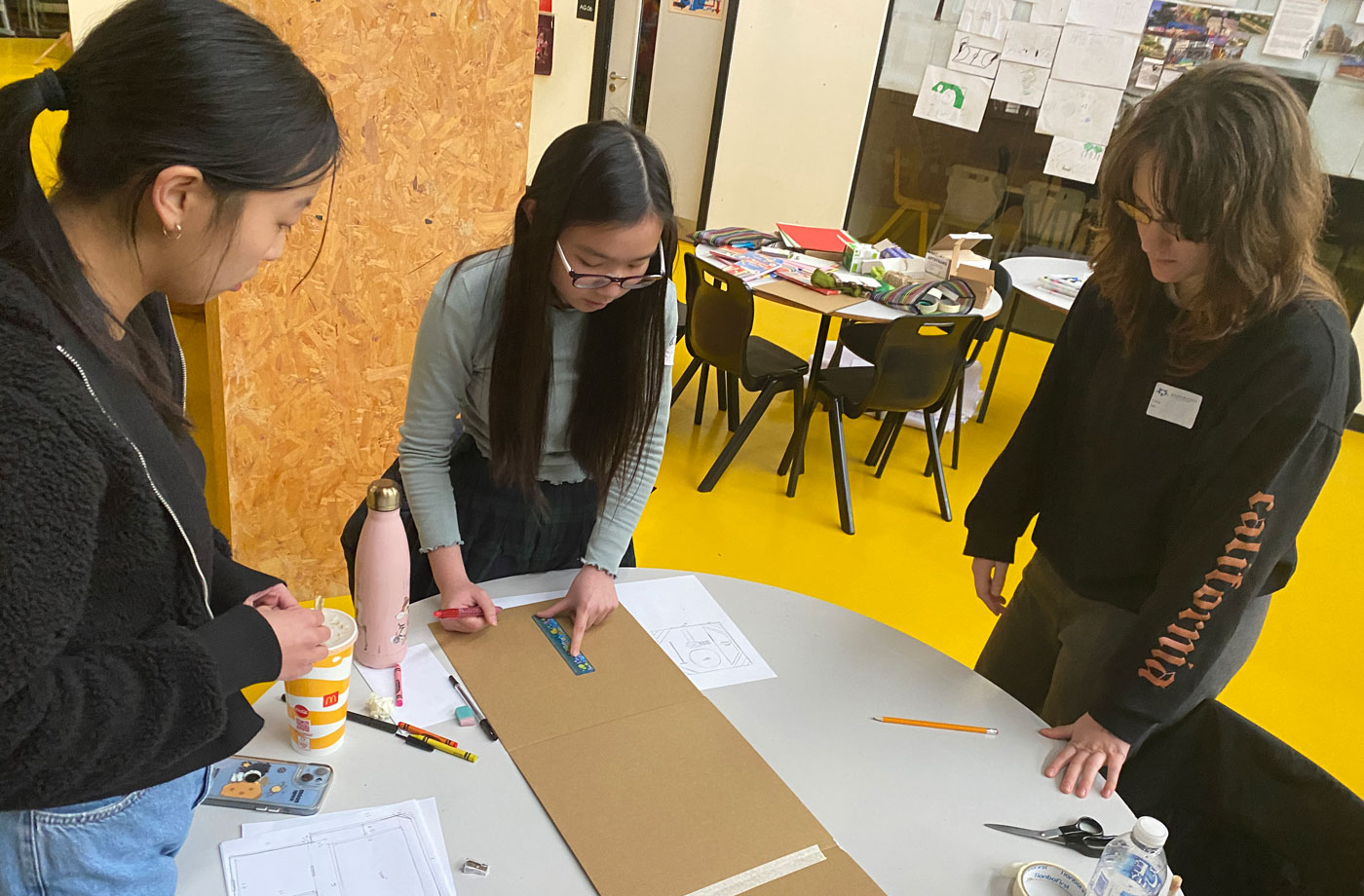
Stockport 8, 3-day programme on social value at Stockport College, hosted by PLACED and Social Value Portal
Q5: What role does community engagement play, and how are local stakeholders involved?
We work closely with organisations like Regeneration Brainery and PLACED to involve local communities through workshops, educational sessions, and design reviews. These initiatives ensure that the voices of residents and stakeholders are heard and actively shape the project’s outcome.
Q6: Could you describe some internal social value initiatives and practice culture?
We also recognise that social value starts from within our own practice. Some of our internal initiatives include:
- Participating in charity fundraising events, like running challenges.
- Hosting careers days at local schools to inspire young talent.
- Offering work experience placements to introduce young people to architecture.
- Supporting employment initiatives like Build the Way, which creates pathways into the industry.
- Contributing to local causes such as food banks
- Sponsoring organisations like PLACED and Regeneration Brainery.
- Encouraging team development through study trips, regular team catch-ups, and away days.
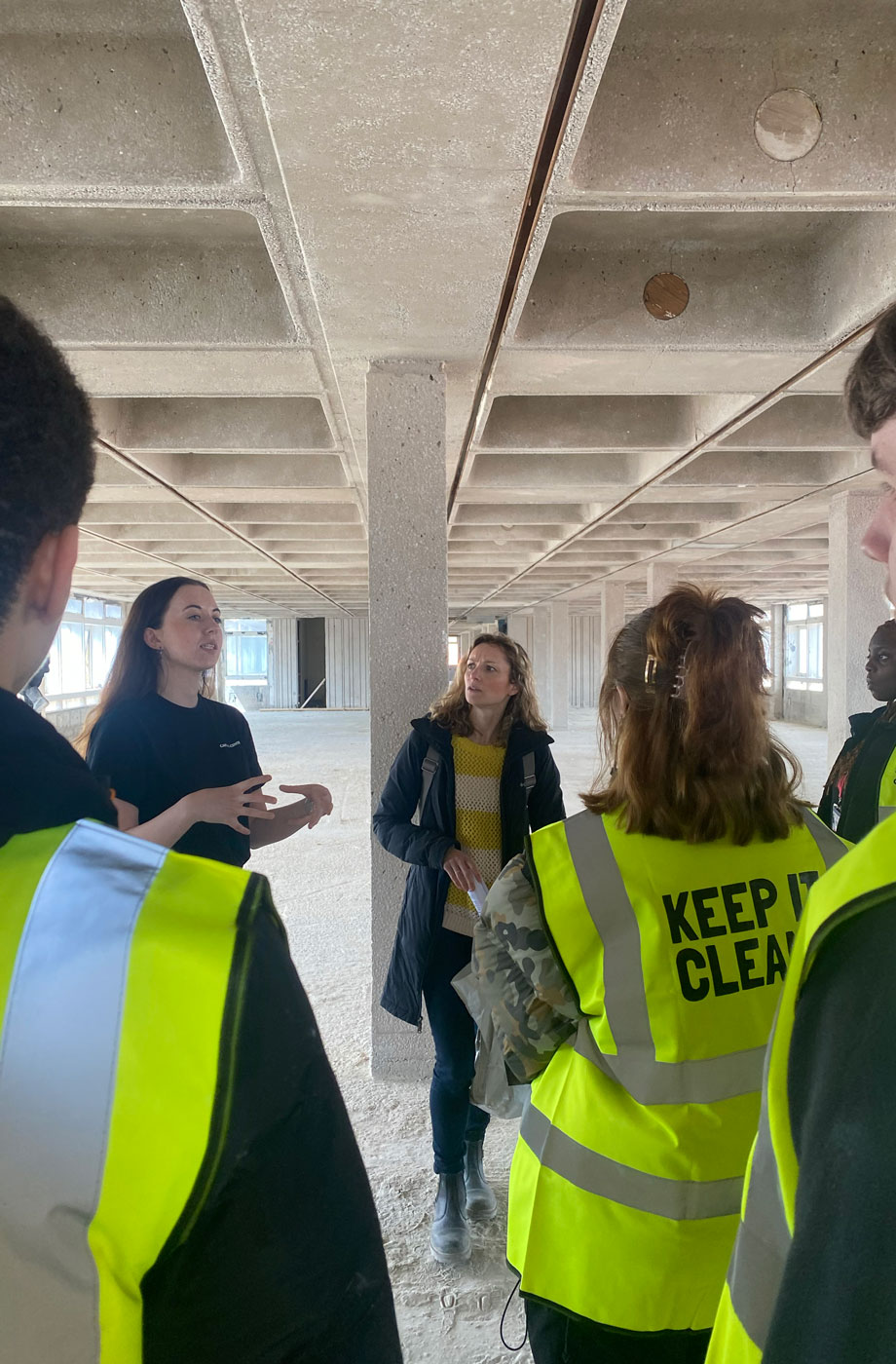
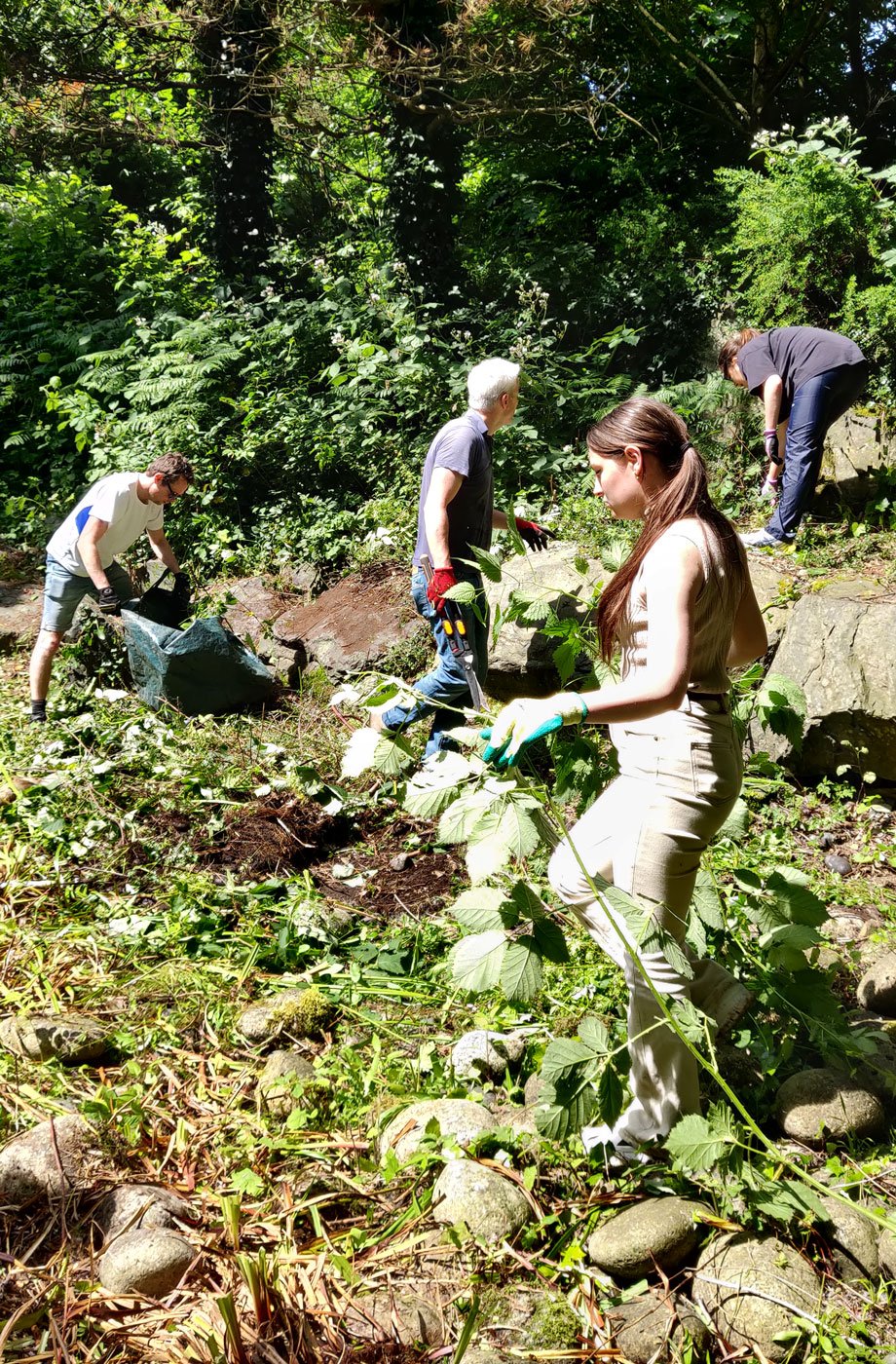
Wigan Civic Centre tour hosted by Regeneration Brainery and shedkm staff gardening with the Friends of Festival Gardens, Liverpool
Q7: What are some of the biggest challenges you face when trying to prioritise social value in architecture, and how do you address them?
Balancing the ambition for social value with budget constraints and the diverse expectations of stakeholders can be challenging. Clients, local authorities, and communities often have differing priorities, and aligning these can take time and effort.
To address this, we advocate for the long-term benefits of social value from the outset. We create an open dialogue with all parties. Demonstrating these benefits helps build consensus and ensures that social value remains a priority.
Q8: How do you balance the often-competing demands of social, environmental, and economic goals in your work?
In many cases, social, environmental, and economic goals complement each other. For instance, natural light, green spaces, and improved air quality enhance mental and physical well-being while contributing to environmental sustainability. Similarly, energy-efficient designs not only reduce carbon footprints but also lower utility costs, providing long-term economic benefits for residents and communities.
When conflicts arise, we use the context of the project to guide prioritisation. Our role is to help stakeholders see the interconnected benefits of these goals and find innovative solutions that align with the long-term vision for the project.
Q9: How do you measure the success or impact of social value initiatives in your projects?
We are developing a framework to measure social value through key performance indicators. These might include:
- The number of local jobs created.
- The proportion of affordable housing units delivered.
- The frequency and diversity of public space usage.
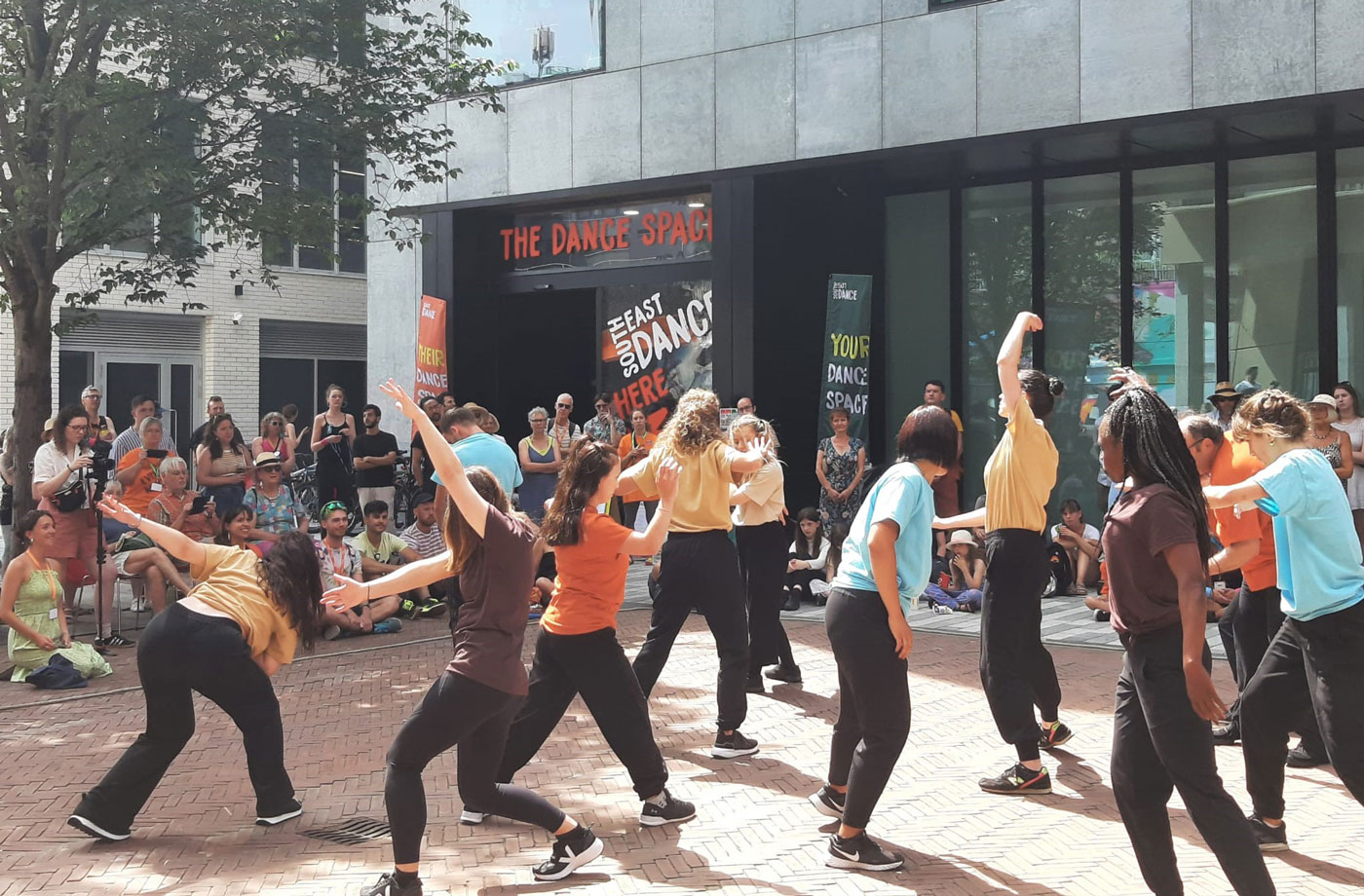
Circus Street, Brighton
Q10: How do you see the concept of social value evolving within architecture in the coming years?
Social value will become an integral part of architectural practice, moving beyond being a secondary consideration to taking centre stage in every project. There will be greater integration of environmental and social sustainability, with recognition that social well-being and environmental health are inextricably linked.
Technology will also play a role, enabling data-driven insights to inform and evaluate social value outcomes. This will lead to more measurable and impactful contributions to society through architecture.
Q11: What are your hopes for the Social Value Atelier’s future impact on the industry?
By using data to track outcomes such as economic uplift and health improvements, we hope to demonstrate how meaningful, measurable social value can be achieved.
Ultimately, our aim is to inspire the industry to embrace a holistic approach to architecture, redefining how buildings and spaces serve society for generations to come.